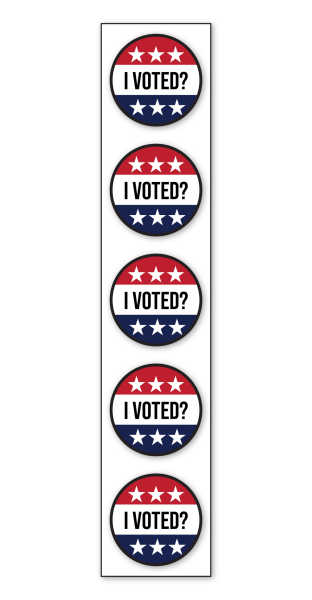President Biden’s recent pledge does not guarantee reconciliation
September 6, 2022
President Biden’s recent promise to cancel student loan debt aims to alleviate the burden placed on millions of Americans — especially low and middle-income borrowers. To some, this undertaking is a step in the right direction that allows Americans to achieve key milestones and foster racial equity. However, this raises the question: Will this decision help diminish the consequences of student loan debt or prolong it further and, in turn, leave students vulnerable?
President Biden’s announcement has led many to rejoice, as student loan borrowers owe more than $1 trillion, with about a third of borrowers not having a degree. The plan sounds appealing in theory, waiving $10,000 for individual borrowers and $20,000 for Pell Grant recipients, but it fails to address many roots of the problem.
With the proposal targeting only federal student loans, those who rely mostly on private student loans or refinanced into private loans for lower interest rates are left out of luck. This issue is further compounded by the failure of the loan system to assist borrowers, such as those enrolled in income-driven repayment plans. These plans were created to help borrowers who could not make large enough payments, with loan cancellation being promised after 20 to 25 years. These plans, as revealed by NPR, were mismanaged by the Department of Education and loan servicers, with some providers not tracking payments. As a result of this mishandling, in 2021, it was revealed that 4.4 million borrowers had been repaying for at least two decades, with only 32% of these borrowers having their loans canceled. Although the Biden administration was not in charge at the time of the mismanagement, it reflects an issue that President Biden’s plan will not be able to fix.
The policy has significant drawbacks with its lack of reforms and only serves to further complicate an already complex system, causing widespread confusion. Amid this uncertainty lies another complication: tuition inflation. The cost of attending college has outpaced federal financial aid, with tuition costs nearly tripling. President Biden believes student loan forgiveness will ease the strain placed on working families, which will hold true until interest catches up again, landing us back in square one. Due to the temporary nature of the plan, future generations will continue to be burdened by the pressure of student loans. In some states, forgiven student loans by law will be subjected to state income taxes if borrowers who qualify for loan forgiveness are required to declare it as income. North Carolina’s Department of Revenue has already announced student loan forgiveness is currently considered taxable income, highlighting the differences in federal and state laws.
In addition to the possibility of taxation, there remains a cloud of uncertainty as to whether the plan will even remain in place. President Biden’s announcement has faced considerable backlash, notably from Republicans. The Biden administration has tried to support the plan by claiming the Higher Education Relief Opportunities for Students Act allows the Secretary of Education the power to cancel student debt due to a national emergency, but this has not deterred anyone from launching potential lawsuits. Experts such as Abby Shafroth say a lawsuit is not something borrowers who qualify should be worried about, but it raises even more questions. Even with reassurance, student loan forgiveness remains complicated, leaving many vulnerable borrowers in limbo. So, what can be done to change the situation we find ourselves in?
Instead of a temporary solution, promoting financial literacy and encouraging students to seek out scholarships could help alleviate the weight of student loan debt. Many scholarships go unclaimed or are never found due to a lack of advertisement. By helping students find scholarships they fit the criteria for, they have the chance to alleviate tuition rates without having to pay for it in the future. Students can build their own scholarship through credit by examination, saving them money as they do not have to pay for textbooks and tuition. They can also receive grants from the state and college or investigate their employer’s tuition assistance programs if they work. Loans should always be the last option students look at. Before considering a private loan, students should start with federal loans. If they need to borrow beyond those federal loans, that is when private loans should be considered. By evaluating their options, assessing the best rates and reading the fine print, students will be able to build a foundation of financial literacy to ensure they can get a head start on paying off their debts.













